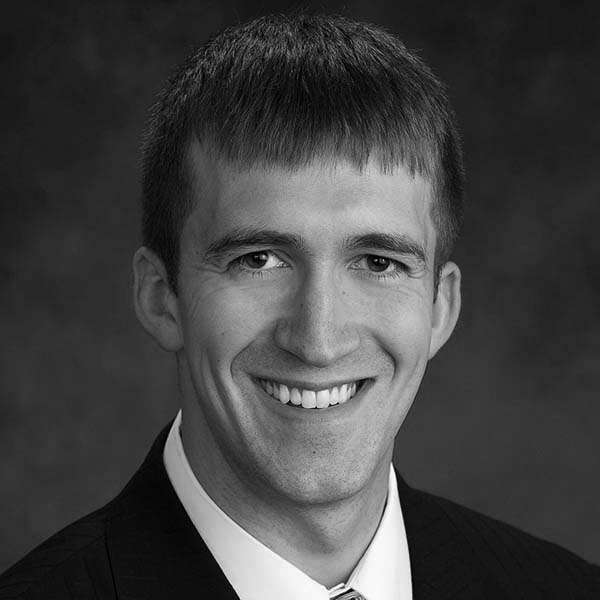Research at Kansas State University examined the health risks pre-teens, teens and young adults experience in Kansas to determine opportunities to improve adolescent health.
MANHATTAN, Kan. – Many health professionals across the United States are currently concentrating on the increased health needs of baby boomers, an aging population of individuals born in the 1940s through the 1960s. While health care for seniors is important, just as important are the health needs of the younger generation.
“Right at the heels of our aging needs, we have this younger population that will soon be entering adolescence, ages 10 through 19,” said Elaine Johannes, associate professor in the School of Family Studies and Human Services at Kansas State University.
Johannes said there are not enough health care providers to take care of people of all ages. In addition to this, health care providers are faced with unique health issues of concern in teens, issues such as self-injury prevention, reproductive health, stress management and developing meaningful relationships.
“To equip providers, they need to know about adolescents and their health needs,” Johannes said. “If we have people in our communities who understand and work alongside teens, maybe give that health professional a chance to get familiar with how an adolescent thinks. Open the dialogue between adolescents and health care providers.”
To increase the dialogue about adolescent health needs and potential barriers for receiving health care, Johannes and some of her colleagues on the Kansas Adolescent Health Project Team completed a study this spring, made possible by the Kansas Department of Health and Environment (KDHE), to further understand the issues.
A look at specifics
The study involved an online survey and focus groups hosted across the state, and respondents included more than 1,200 Kansans representing youth and adults. Findings from the survey showed the top health issues among adolescents were substance abuse, mental health, obesity or being overweight, and adolescent pregnancy and parenting.
In the focus groups, the top issues discussed were similar to those found in the survey, as well as concerns of not getting enough to eat at school lunch, overall stress, bullying, boredom leading to the use of technology, wanting real services and information pertinent to today’s society, and wanting to confide in adults and mentors.
The research found the top barriers that youth faced in accessing health services included a lack of their knowledge about services available, cost and affordability of services, embarrassment or shame in seeking services, and adults being unaware of adolescent needs.
Bryant Miller, a K-State graduate student in marriage and family therapy and project manager for the study, said much of the issues were related to living in rural communities, which primarily make up the state of Kansas.
“A large barrier, one we were not expecting, was the factor of embarrassment or shame for adolescents in seeking services in rural communities,” Miller said. “If you go somewhere (to seek services), you are going to see people you know.”
In rural areas, finding something to do also becomes an issue, and boredom could lead to other health problems, he said.
“If they don’t have anything to do, whether it’s because they don’t have money or don’t have time, that boredom factor leads to risky behaviors,” Miller said.
Another item that stuck out to the researchers was how systemic the issues were in specific adolescents. For example, many of them would say, “I overeat after school, because I’m not getting enough food in school and also because I don’t feel good about myself.”
“They recognized (overeating) as a negative coping strategy and not helpful for them, which impacts school, home and all systems that are involved,” Miller said.
“We could find a link to most of the issues back to mental health,” said Michelle Washburn-Busk, a project assistant on the study. “We could even find a link that kids who were depressed were overeating or under eating because they weren’t feeling fulfilled in their family lives or social lives.”
Washburn-Busk said the research suggests the need for mentors, especially in the school system, to provide youth with the skills necessary to manage stress and handle relationships. She said study participants mentioned they had a hard time distinguishing between love and lust, as an example.
“I was surprised at how self-aware these adolescents were,” Washburn-Busk said. “I think sometimes we don’t give them the benefit of the doubt. These youth were self-aware and insightful about the things they needed in their own lives. They were aware of their needs but unaware of how to meet their needs.”
Johannes said more federal funding has become available for states to suppress concerns in adolescent health, so examining their unique health issues is important. The other reason Kansas needed an adolescent health needs assessment is that adolescence is a crucial time for development in a person’s life.
“We have so many people in our state who are struggling with their own health, and we need a focused, meaningful plan to help (adolescents),” she said. “It’s a privilege to think that we are at the ground work of creating a plan, and we are hoping communities can learn from it.”
The report from the study was recently submitted to the KDHE, and the researchers hope parts of it will be funded to help Kansans. Johannes, also a youth development specialist for K-State Research and Extension, said extension professionals working across Kansas are already using the report to implement community initiatives locally that focus on improving adolescent health.
For more information about K-State Family Studies and Human Services Extension, Engagement and Applied Research programs, visit FSHS Extension, Engagement and Applied Research.




